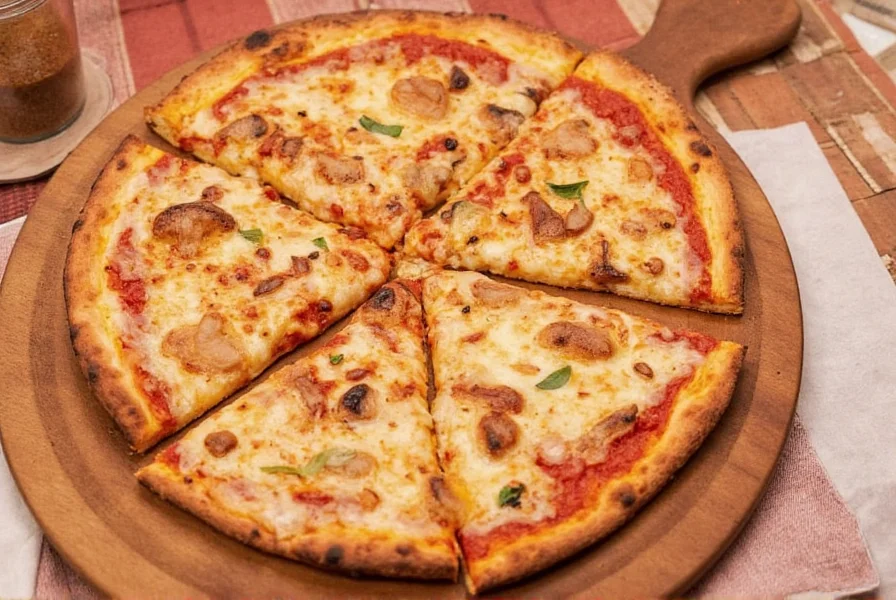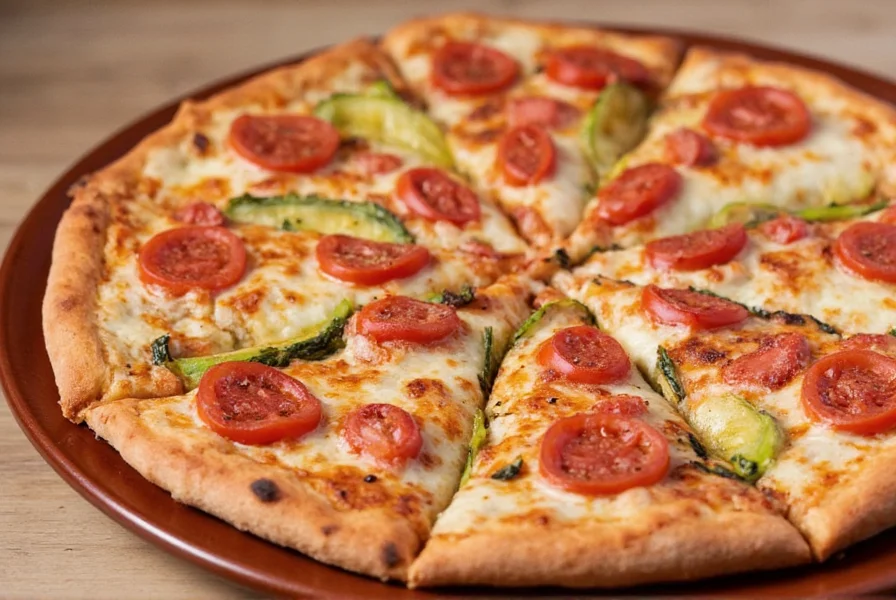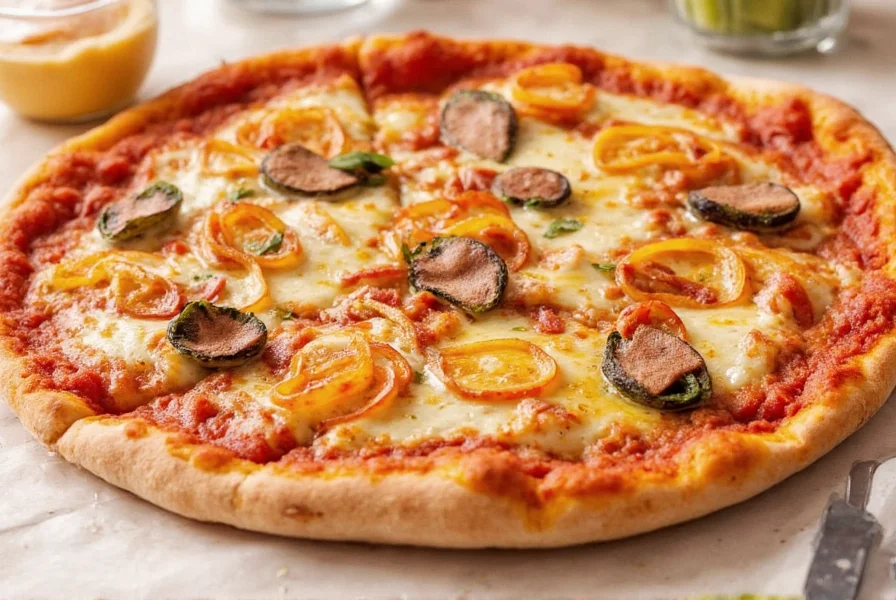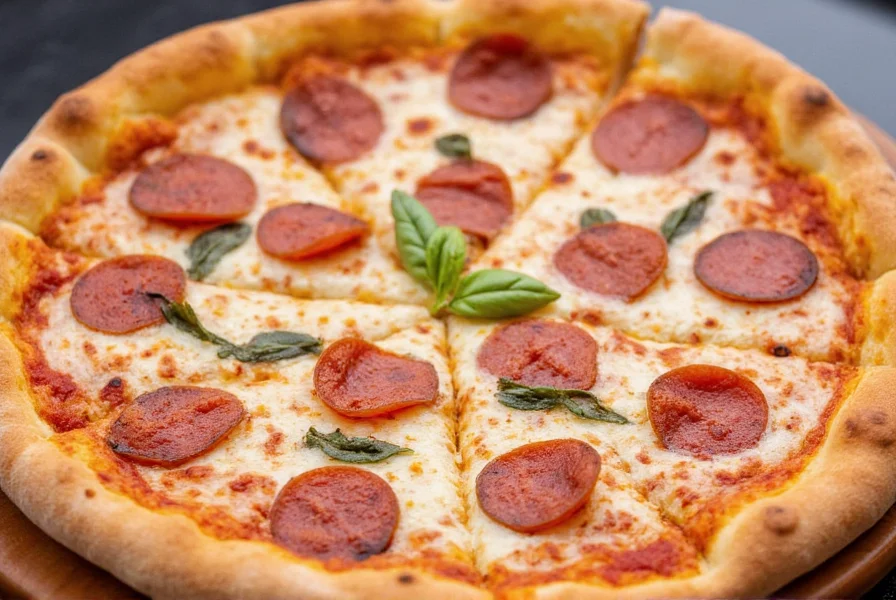7 Surprising Secrets Behind the Perfect Italian Pizza Seasoning
Table of Contents
- Introduction
- What Is Italian Pizza Seasoning?
- The Core Ingredients You Can't Skip
- 7 Surprising Tips to Level Up Your Pizza Game
- Buying Guide: Choosing the Best Italian Pizza Seasoning
- DIY: How to Make Your Own Italian Pizza Seasoning
- Flavor Pairings & Serving Suggestions
- Conclusion
Introduction: Why Italian Pizza Seasoning Matters
Italian pizza is more than just dough, cheese, and sauce. At its heart lies a magical blend of herbs and spices known as Italian pizza seasoning. This seemingly simple mix can make or break your pizza experience.

Whether you're a home cook tossing together a quick Friday night dinner or a pizzaiolo perfecting your Neapolitan crust, understanding this essential spice blend can elevate your culinary game from good to great.
What Is Italian Pizza Seasoning?
Italian pizza seasoning is typically a pre-mixed blend of dried herbs that mimic the traditional flavors found on classic Italian pizzas. While recipes vary by brand and region, most contain some combination of:
- Oregano
- Basil
- Garlic powder
- Parsley
- Thyme
- Rosemary (sometimes)
Some blends may also include red pepper flakes for heat or Parmesan cheese for umami depth, though purists might argue against these additions in an authentic blend.
The Core Ingredients You Can't Skip
Let’s dive into each component and discover why they matter:
| Ingredient | Flavor Profile | Role in Pizza |
|---|---|---|
| Oregano | Earthy, peppery, slightly bitter | Adds warmth and balances sweetness from tomato sauces |
| Basil | Sweet, floral, mildly spicy | Brings freshness even when dried; especially complementary to Margherita-style pizzas |
| Garlic Powder | Umami-rich, savory | Deepens flavor and pairs beautifully with cheese |
| Parsley | Grassy, mild | Adds brightness and helps round out heavier flavors |
| Thyme | Woody, earthy | Subtle complexity that enhances meat toppings |

7 Surprising Tips to Level Up Your Pizza Game
- Add it at the right time. Unlike fresh herbs, dried Italian seasoning should be added early in the baking process so it has time to infuse into the crust and sauce.
- Use it sparingly. Too much seasoning can overpower the delicate balance between cheese, dough, and sauce.
- Toast it before use. A quick 30-second toast in a dry pan intensifies the aroma and brings out hidden flavor notes.
- Mix it into the sauce. Instead of sprinkling it on top, stir it directly into your tomato base for deeper integration.
- Customize for toppings. Adjust ratios depending on what’s on your pizza — more basil for veggie lovers, more oregano for meat-heavy pies.
- Pair it with olive oil. Toss your seasoning with a bit of extra virgin olive oil before applying — it helps the flavor meld better during baking.
- Don’t forget the finishing touch. For gourmet flair, finish with a sprinkle of fresh basil or Parmesan after baking.

Buying Guide: Choosing the Best Italian Pizza Seasoning
If making your own isn’t your style, here are some top picks for store-bought options:
| Product Name | Features | Best For | Occasions |
|---|---|---|---|
| Spice Supreme Italian Blend | Organic, no additives, bold flavor | Chef-quality pizzas at home | Weekend family dinners, special occasions |
| QuickCrust Classic Mix | Affordable, widely available, balanced flavor | Casual cooks, beginners | Everyday meals, quick weeknight dinners |
| Trattoria Authentic Seasoning | Imported from Italy, small-batch production | Purists, Italian cuisine enthusiasts | Gifts, foodie events, gourmet nights |
| Pizza Craft Heat Lover's Mix | Includes crushed chili, smoky undertones | Spicy pizza fans | Game nights, parties, group gatherings |

When shopping, look for blends with whole-food ingredients, minimal fillers, and no artificial preservatives. If you’re health-conscious, check for sodium content and consider low-sodium versions.
DIY: How to Make Your Own Italian Pizza Seasoning
Creating your own blend gives you full control over the flavor profile. Here's a basic recipe to start with:
Homemade Italian Pizza Seasoning Recipe
- 2 tbsp dried oregano
- 2 tbsp dried basil
- 1 tbsp garlic powder
- 1 tsp dried parsley
- ½ tsp dried thyme
- Optional: ¼ tsp crushed red pepper flakes or grated Parmesan

Mix all ingredients in a bowl until well combined. Store in an airtight container away from heat and sunlight. Shelf life is up to 6 months, but trust us — it won’t last that long!
Pro Tip: Grind the mixture in a spice grinder for finer texture and better distribution across your pizza.
Flavor Pairings & Serving Suggestions
Italian pizza seasoning is incredibly versatile. Try pairing it with these popular pizza styles:
- Margherita: Fresh mozzarella, tomatoes, and a post-bake basil garnish
- Pepperoni: Extra oregano boosts the richness of pepperoni
- Vegetarian: More basil and parsley complement mushrooms, olives, and peppers
- Meat Lovers: Add a pinch of smoked paprika or rosemary for depth
- White Pizza: Blend in a bit of Parmesan for a rich, herby finish

Conclusion: Spice Up Your Pizza Night
Italian pizza seasoning is more than a convenience — it's a gateway to authentic Italian flavor without needing a trip to Naples. Whether you buy or make your own, understanding how each ingredient contributes to the final taste lets you take ownership of your cooking like never before.

So next time you’re planning a pizza night, remember: the magic is in the mix. With the right blend, you’re not just making pizza — you’re crafting a flavor story that speaks of tradition, passion, and love.











 浙公网安备
33010002000092号
浙公网安备
33010002000092号 浙B2-20120091-4
浙B2-20120091-4